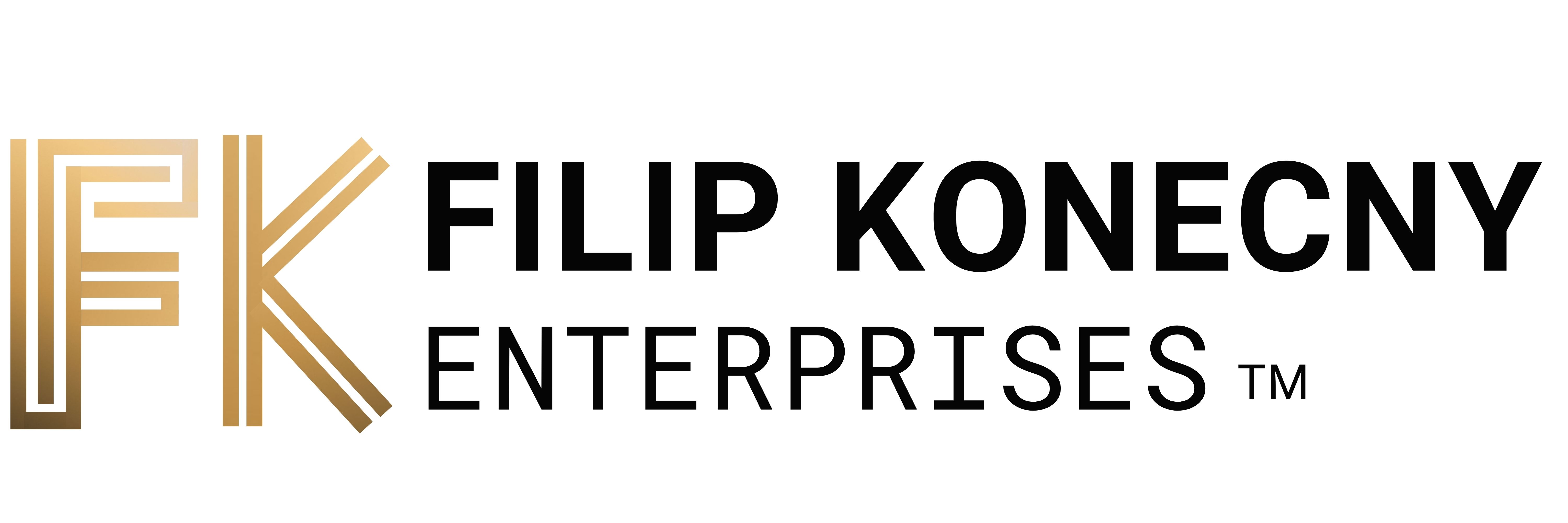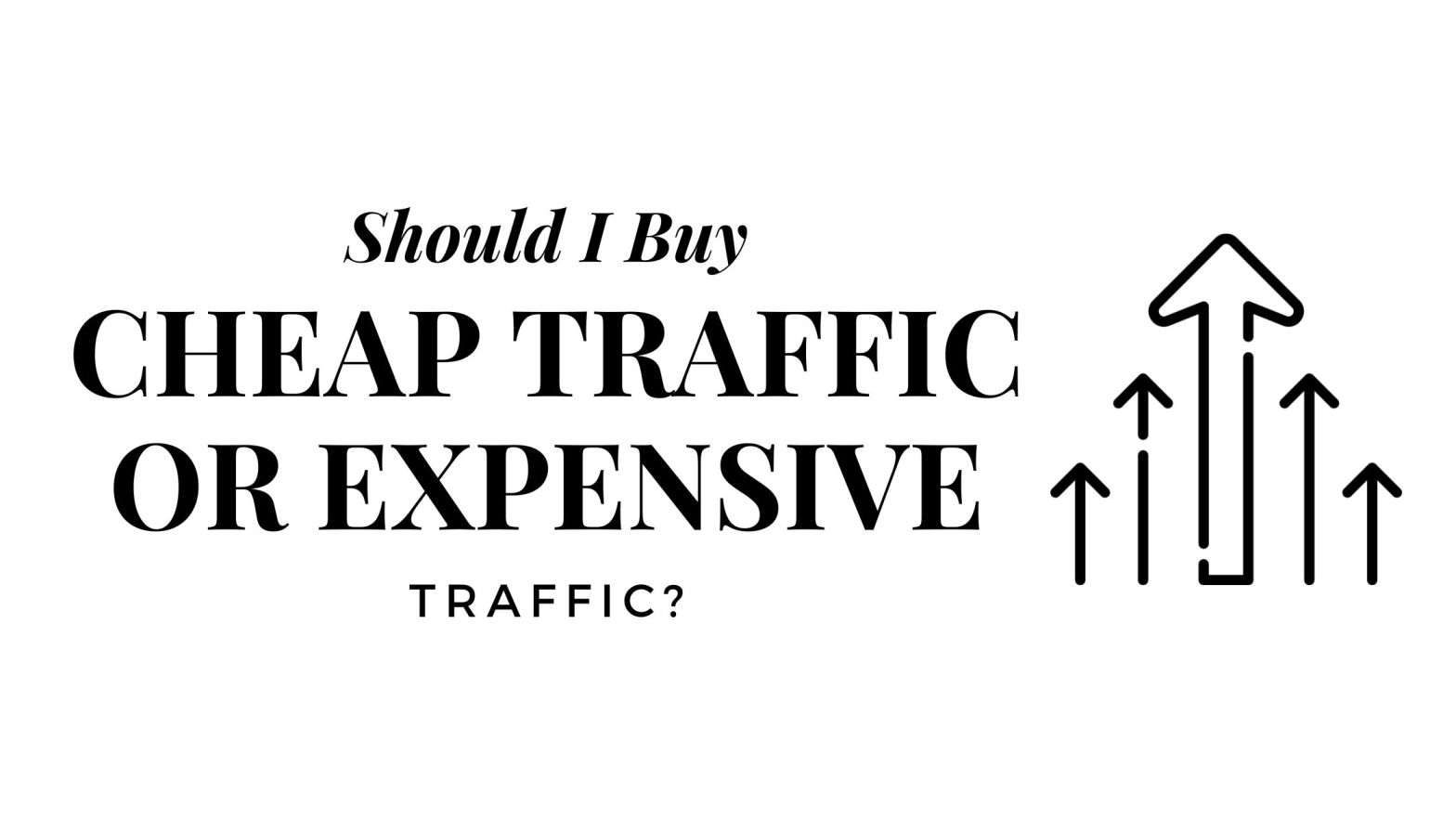Imagine this: You’ve set up your online business, and poured your heart and soul into creating a fantastic product or service, and now it’s time to attract customers.
You turn to advertising, but you’re faced with a dilemma: Should you opt for cheap traffic or splurge on the expensive options?
It’s a question that plagues many entrepreneurs navigating the digital marketing landscape.
In this article, we’ll delve into the complexities of this decision, exploring why it’s not just about the cost but rather the returns on investment.
Get ready to uncover the truth behind buying traffic and make informed decisions for your business.
Understanding the Basics
Before we dive into the debate of cheap versus expensive traffic, let’s establish some foundational knowledge. Advertising is the lifeblood of many businesses, especially those operating in the digital realm.
The concept is simple: You pay to put your message in front of potential customers, hoping they’ll take the desired action, whether it’s making a purchase, signing up for a newsletter, or downloading an app.
In the realm of online advertising, there are myriad platforms and strategies to choose from, each with its own pros and cons.
From pay-per-click (PPC) campaigns on Google to sponsored posts on social media, the options can seem overwhelming.
However, at the core of every advertising decision lies one crucial question: What is the return on investment (ROI)?
To delve further into this topic, let’s examine the evolution of online advertising and how it has shaped the current landscape.
In the early days of the internet, banner ads reigned supreme, plastering websites with flashing graphics and eye-catching slogans.
However, as consumers became increasingly adept at tuning out these interruptions, advertisers were forced to adapt their tactics.
This shift gave rise to more targeted forms of advertising, such as search engine marketing (SEM) and social media advertising. Instead of bombarding users with generic messages, advertisers could now tailor their ads to specific demographics, interests, and behaviors.
This not only improved the user experience but also increased the effectiveness of advertising campaigns.
As technology continues to advance, so too does the field of online advertising. From the rise of programmatic advertising to the emergence of artificial intelligence (AI) and machine learning, advertisers now have access to powerful tools and algorithms that can optimize campaigns in real-time.
However, amidst all the complexity and sophistication, one fundamental question remains: What is the best approach to buying traffic?
Why It’s a Foolish Question (Cost Doesn’t Matter, Returns Do)
Let’s address the elephant in the room: the notion that the cost of traffic is the primary factor in determining its value.
This couldn’t be further from the truth. Sure, it’s tempting to opt for the cheapest advertising options available, especially for cash-strapped startups or small businesses.
However, focusing solely on cost overlooks the bigger picture: What are you getting in return for your investment?
Consider this scenario: You stumble upon a service offering dirt-cheap traffic with promises of thousands of clicks for pennies.
It sounds too good to be true, right? Well, it probably is. Cheap traffic often comes from sources of dubious quality, such as click farms or bot networks.
While you may see a surge in website visitors, these individuals are unlikely to be genuine potential customers. As a result, your conversion rates plummet, and your ROI dwindles.
On the other hand, investing in more expensive traffic sources may initially seem daunting, but it often pays off in the long run.
Platforms like Google Ads or Facebook Ads offer sophisticated targeting options, allowing you to reach precisely the audience most likely to be interested in your offerings.
While the cost per click or impression may be higher, the quality of traffic tends to be superior, leading to higher conversion rates and ultimately a better ROI.
When it comes to buying traffic, quality should always trump quantity. Instead of chasing the lowest possible cost per click, focus on maximizing the value of each visitor to your site.
This means targeting users who are actively searching for products or services like yours and delivering a relevant, compelling message that resonates with their needs and desires.
Target the Right People, Cost Is Secondary
Now that we’ve debunked the myth that cheap traffic is inherently better, let’s focus on what truly matters: targeting the right audience.
At the end of the day, the success of your advertising efforts hinges on reaching individuals who are genuinely interested in what you have to offer.
Think of it this way: Would you rather have a hundred random strangers visit your website or ten highly targeted prospects who are actively seeking out products or services like yours? Quality trumps quantity every time.
By investing in advertising channels that allow you to hone in on your ideal customers based on demographics, interests, and behaviors, you maximize your chances of converting leads into sales.
In conclusion, the question of whether to buy cheap or expensive traffic using ads is not simply a matter of cost but rather a strategic decision based on ROI.
While it may be tempting to opt for the cheapest options available, doing so often results in low-quality traffic and poor returns on investment.
Instead, focus on targeting the right audience with quality traffic sources, even if they come at a higher cost.
By prioritizing quality over quantity and delivering a relevant message to the right people, you can maximize the effectiveness of your advertising campaigns and achieve your business objectives.
Now armed with a deeper understanding of the intricacies of buying traffic, go forth and make informed decisions that propel your business to new heights.
After all, in the world of digital marketing, knowledge truly is power.

